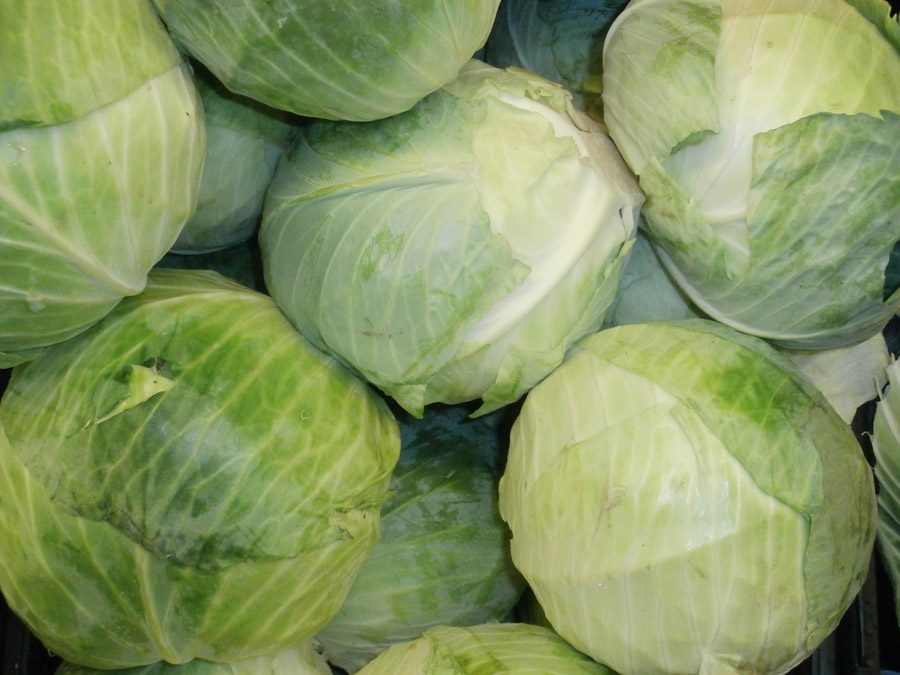Abstract
In Japan’s agricultural sector, both domestic and imported produce play an important role in vegetable production. Among domestically produced leafy vegetables, cabbage had the highest production value in 2022, at approximately 59.5 million yen. On the other hand, green onions were the largest imported vegetable, recording a production value of 558,000 yen in 2022. Looking at the proportion of imported vegetables, green onions account for 1%, a relatively small proportion compared to other imported vegetables. Past trends suggest that cabbage remains in high demand among domestically produced vegetables, while imported vegetables still make up a relatively small portion of the market.
Domestic price of leafy vegetables
Looking at data on domestically produced leafy vegetables in Japanese agriculture from 2004 to 2022, cabbage recorded a peak price of 107 million yen in 2015. However, since then, production value has fallen to 55.6% compared to its peak. This indicates that factors affecting cabbage demand and production have changed. In general, cabbage is an important vegetable that is essential to Japanese food culture, and demand is stable; however, changes in the agricultural environment and production techniques, as well as fluctuations in demand for other vegetables, may lead to fluctuations in production value. This data indicates that the production value of domestic leafy vegetable crops fluctuates from year to year, with production being adjusted according to demand and market conditions.


The maximum is 107Myen[2015] of Cabbage, and the current value is about 55.6%
Import price of leafy vegetables
It is notable that in Japan’s agricultural vegetable import market, green onions recorded the highest value of 4.3 million yen in 2022, and still remain the largest at present. This suggests that there is a high demand for green onions in the imported vegetable market. In Japanese food culture, green onions are a common ingredient used in many dishes and demand is stable. Therefore, it is believed that green onions are the main demand in the import market as well. Furthermore, when prefecture-specific data are taken into account, there may be regional differences in demand and consumption patterns for imported vegetables. This suggests that certain regions have a preference for consuming green onions, and suggests that it is important to develop an import strategy that takes into account regional demand bias and market characteristics. Based on past trends, the imported vegetable market is concentrated in certain vegetables, with fluctuations in demand and regional differences emerging as market characteristics.


The maximum is 4.3Myen[2004] of Green onion, and the current value is about 13%
Import (proportion) price of leafy vegetables
The import share of leafy vegetables in Japan’s agricultural sector peaked at 4.8% in 2004 for green onions, but has since fluctuated and is currently at 20.8%. This trend indicates that demand for leafy vegetables is increasing in Japan’s imported vegetable market. This is thought to be partly due to the diversification of Japan’s food culture and limitations in domestic production, which means that foreign vegetables are meeting demand. In particular, the proportion of green onions has increased significantly, which suggests that green onions are becoming more important on the Japanese diet. In addition, since the import ratio is also increasing for other leafy stem vegetables, it is presumed that demand that cannot be fully met by domestic production is being met by imports from abroad. Past trends suggest that the imported vegetable market in Japanese agriculture is growing rapidly, particularly for leafy stem vegetables, and that imports from abroad are playing an important role in response to changes in domestic demand and production limitations.


The maximum is 4.8%[2004] of Green onion, and the current value is about 20.8%



Comments